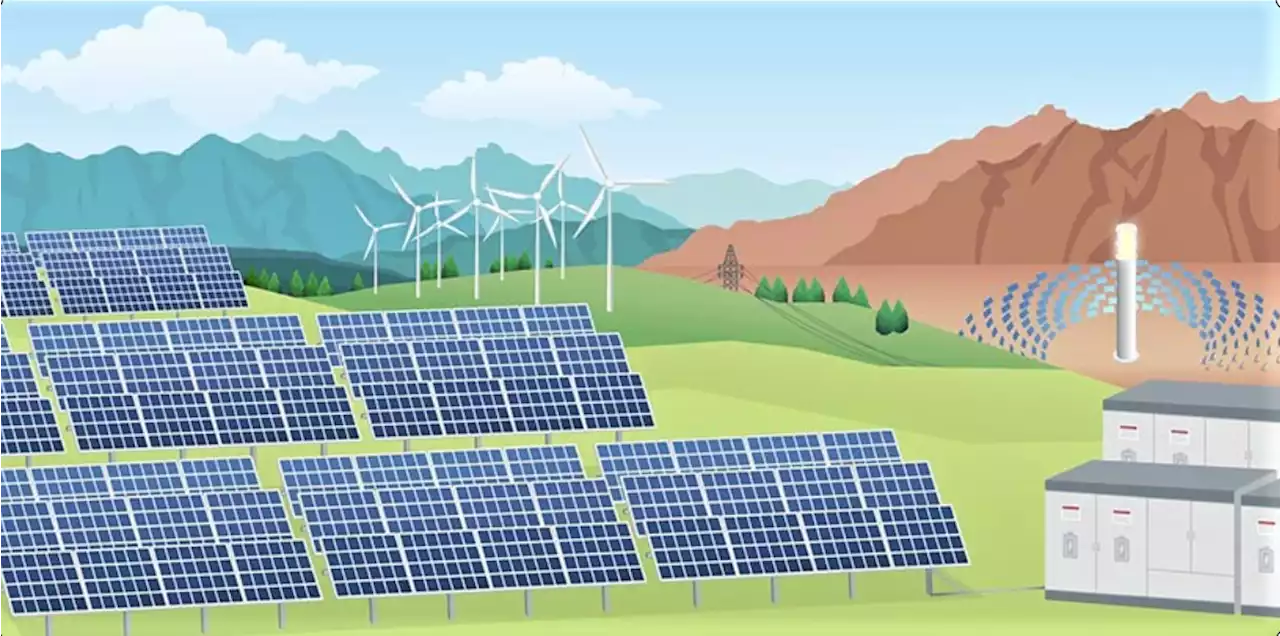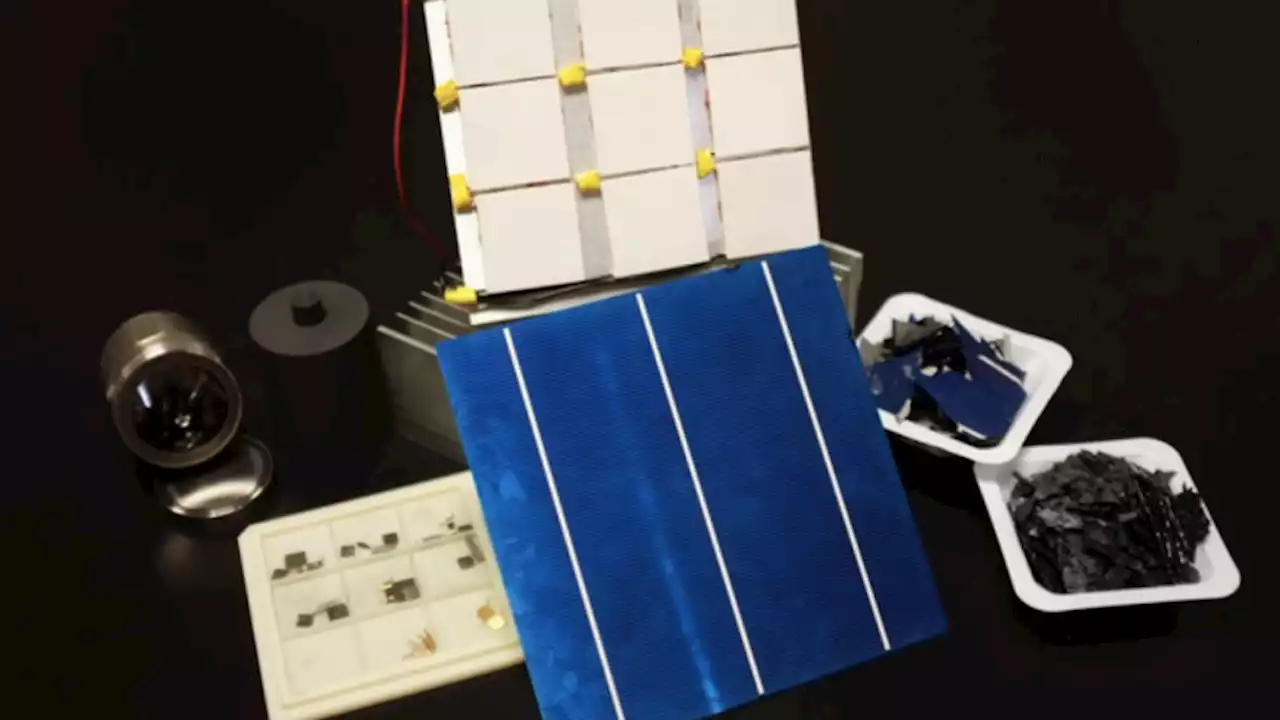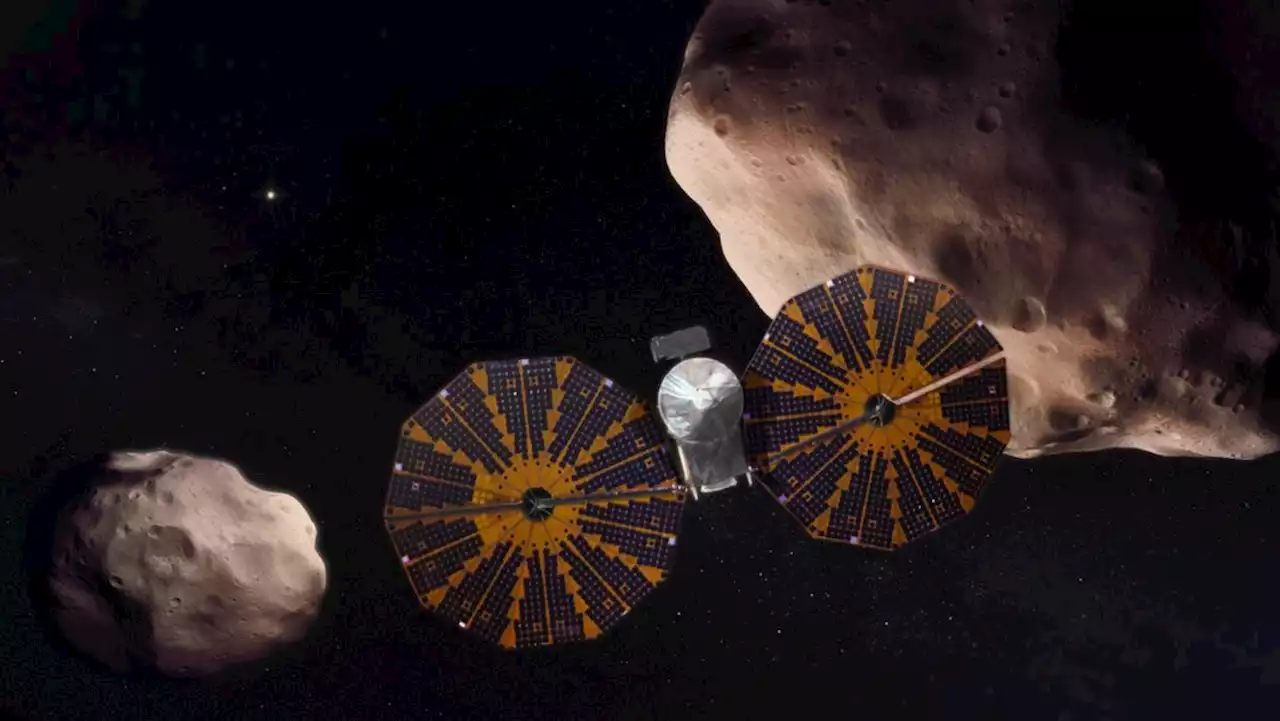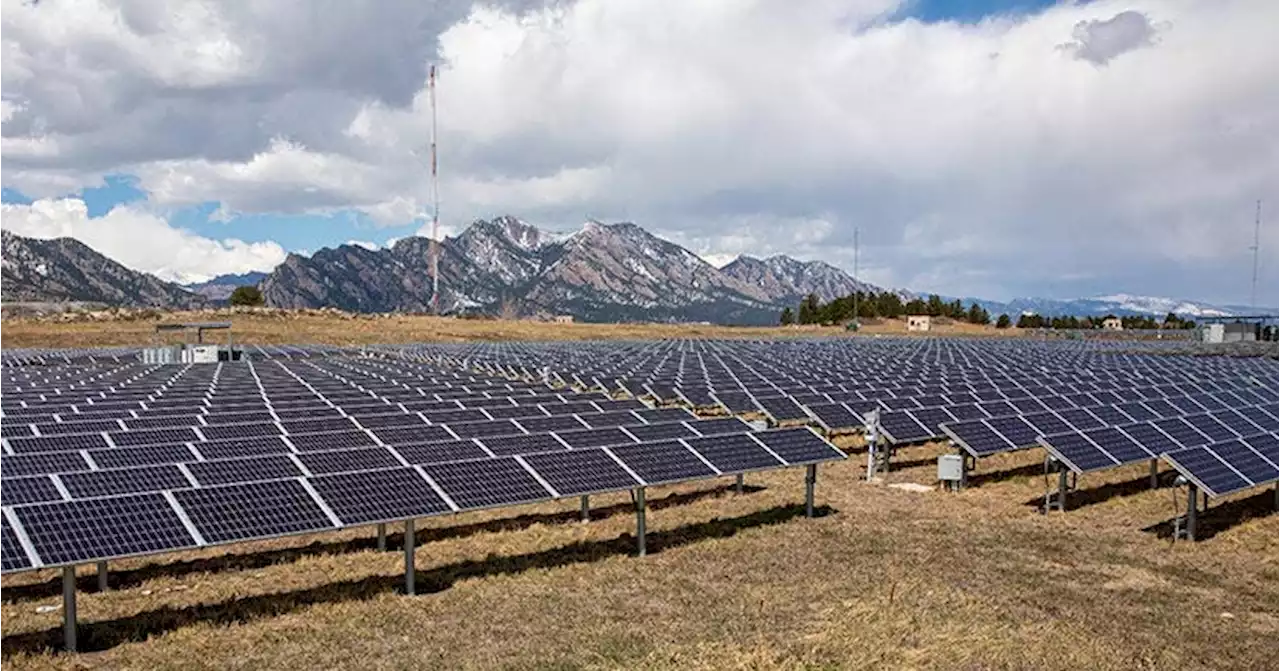In the paper, the team focuses on the two dominant deployed photovoltaic (PV) technologies: silicon (Si) and cadmium telluride (CdTe) PV.
These green technologies help reduce carbon emissions and meet global decarbonization goals—but their manufacturing processes can themselves result in greenhouse gas emissions.
To understand the overall impact of these green technologies on global decarbonization goals, the team looked beyond traditional metrics like cost, performance, and reliability. They evaluated “embodied” energy and carbon—the sunk energy and carbon emissions involved in manufacturing a PV module—as well as the energy payback time .
“One of the unique things that was done in this paper is that the manufacturing and science perspectives were brought together,” Samantha Reese said. “We combined life-cycle analysis with materials science to explain the emission results for each technology and to examine effects of future advances. We want to use these results to identify areas where additional research is needed.”
This insight matters because of the limited carbon budget available to support the expected scale of PV manufacturing in the coming decades.goals set by the Intergovernmental Panel on Climate Change, as much as a sixth of the remaining carbon budget could be used to manufacture PV modules,” Matthew Reese said. “That’s the scale of the problem—it’s a massive amount of manufacturing that has to be done in order to replace the energy sources being used today.
United States Latest News, United States Headlines
Similar News:You can also read news stories similar to this one that we have collected from other news sources.
 U.S. Solar Trade Association Expands Board of Directors at Pivotal Moment for Solar Industry$ Companies are joining the board of directors of the Solar Energy Industries Association (SEIA).
U.S. Solar Trade Association Expands Board of Directors at Pivotal Moment for Solar Industry$ Companies are joining the board of directors of the Solar Energy Industries Association (SEIA).
Read more »
 Scientists just transformed old solar panels into heat-harvesting electricity materialsSolar panels are intricate pieces of technology that degrade into large sheets of electronic waste; but a new technology might help us repurpose them.
Scientists just transformed old solar panels into heat-harvesting electricity materialsSolar panels are intricate pieces of technology that degrade into large sheets of electronic waste; but a new technology might help us repurpose them.
Read more »
 NASA reports 'significant progress' in rescuing Lucy asteroid spacecraft's solar arrayThe near-fully deployed array should 'successfully meet the mission’s needs.'
NASA reports 'significant progress' in rescuing Lucy asteroid spacecraft's solar arrayThe near-fully deployed array should 'successfully meet the mission’s needs.'
Read more »
 The Solar System is Stable for at Least the Next 100,000 YearsIt’s nice to have a feel-good story every once in a while, so here’s one to hold off the existential dread: the Earth isn’t likely to get flung off into deep space for at least 100,000 years. In fact, all of the Solar System’s planets are safe for that time frame, so there is good … Continue reading 'The Solar System is Stable for at Least the Next 100,000 Years'
The Solar System is Stable for at Least the Next 100,000 YearsIt’s nice to have a feel-good story every once in a while, so here’s one to hold off the existential dread: the Earth isn’t likely to get flung off into deep space for at least 100,000 years. In fact, all of the Solar System’s planets are safe for that time frame, so there is good … Continue reading 'The Solar System is Stable for at Least the Next 100,000 Years'
Read more »
 Training for solar industry jobs creating pathway out of poverty for manyThe solar industry already employs over 250,000 people, but the industry is also growing and with wages often above the national average, clean energy jobs are creating pathways out of poverty for many.
Training for solar industry jobs creating pathway out of poverty for manyThe solar industry already employs over 250,000 people, but the industry is also growing and with wages often above the national average, clean energy jobs are creating pathways out of poverty for many.
Read more »
